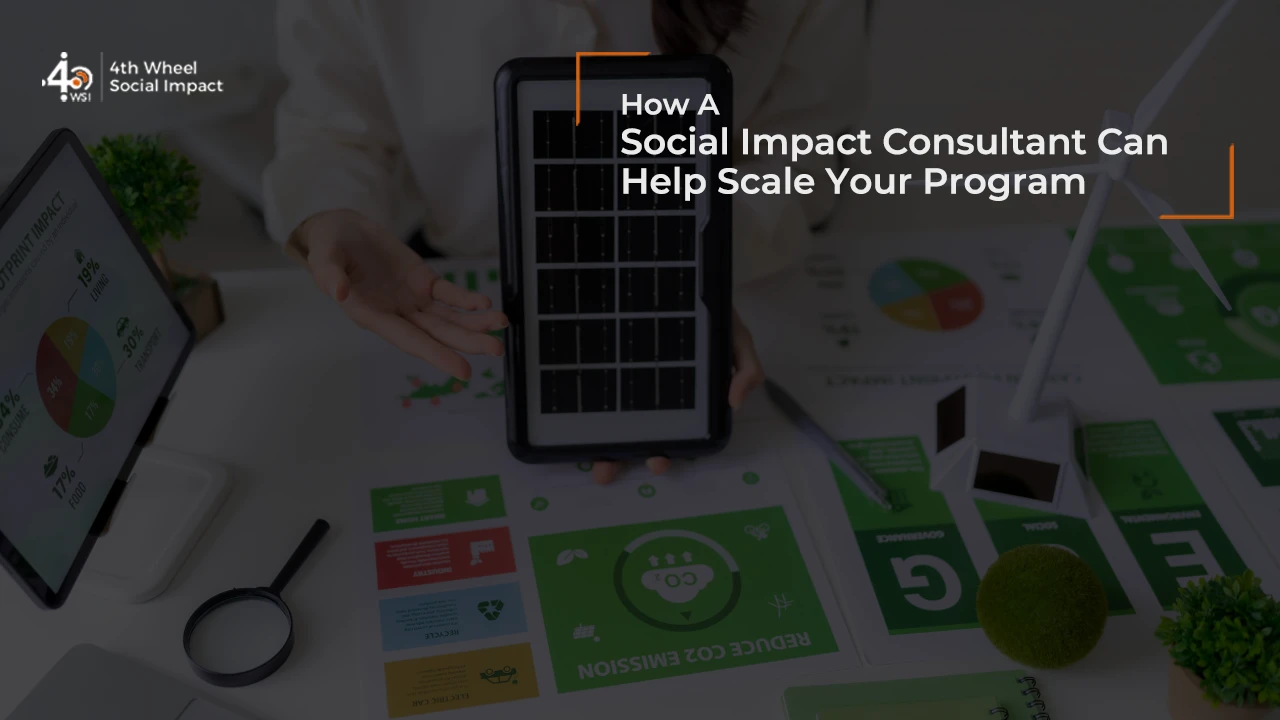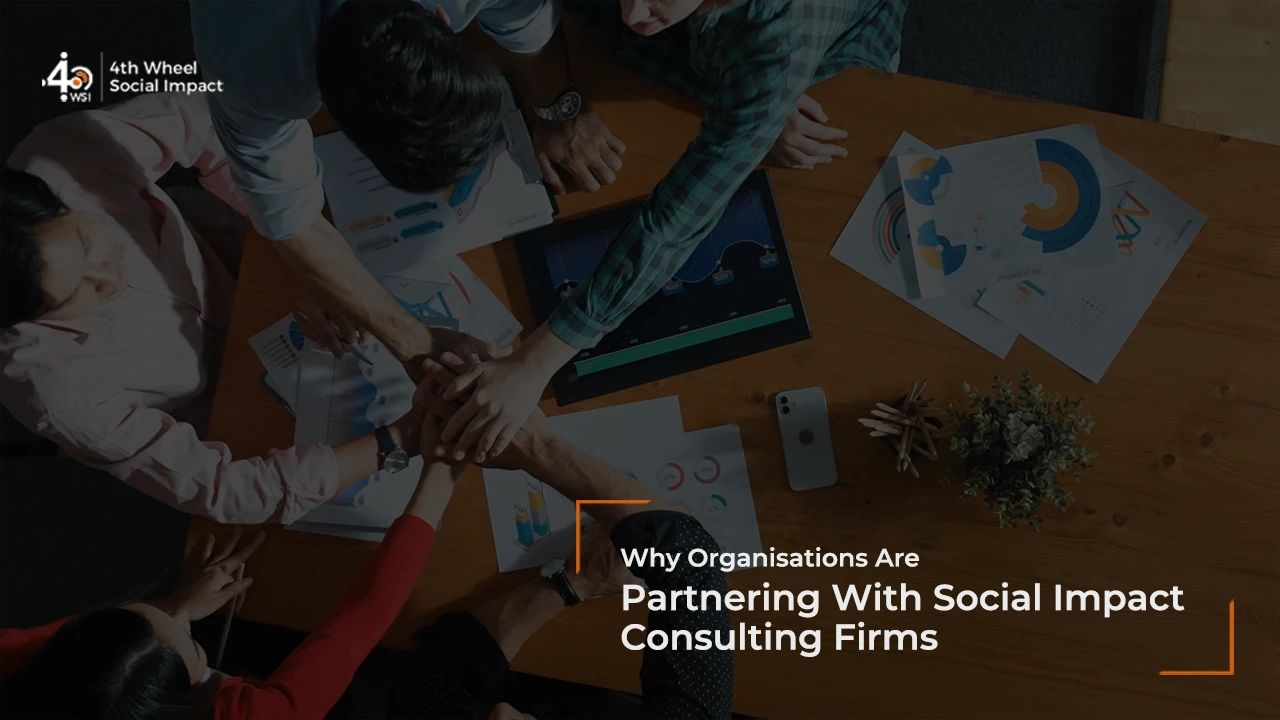Information and Communication Technology (ICT) is being used to bring new voices and broader participation into programme diagnosis and enable a wider range of input at a reduced cost. They are enabling evaluators to better manage and pull possible trends out of large data sets. ICTs are being used to help achieve greater inclusion in planning processes. New technologies make it easier to compare and visualize data sets and analyse data based on location so that resources can be better allocated. Data are also being aggregated more quickly and shared at various levels to make better decisions. New software tools are being used to enhance the development and management of theories of change.
One way ICTs are being used frequently in Monitoring & Evaluation (M&E) is mobile data collection. A lot of people are transferring paper surveys to a mobile format. Mobile technologies are currently used in three main ways to support M&E: data collection, beneficiary participation, and team management and coordination.
Mobile data collection currently offers three data types which are very useful for monitoring and evaluation.
- Geographic data – locations, paths, and boundaries
- Multimedia data – photos, audio recordings, videos, etc.
- Electronic sensors – fingerprints scanners, health sensors, Smart-card readers, decibel-meters, etc.
Data collection is also carried out using tablets which captures data in offline mode and subsequently uploads them to a server when connectivity is available. The data is then exported into statistical analysis software for further processing. SMS-based field management is also gaining popularity. Remote sensing and satellite imagery provide bits of information that can be mapped for a better understanding of everything from whether water pumps are working to observing environmental degradation and large-scale migration due to conflict. “Dashboards” are developed that make information available in almost real-time for programme managers, donors, and, in some cases, local government staff, frontline NGO staff, and community members themselves. New tools are also helping evaluators manage M&E processes and results, including, for example, online Theory of Change (ToC) software and “nano-surveys” that allow evaluators to collect survey questions from a random sample of Internet users. The use of “tagging” – meaning those who create the images or video determine keywords that explain their main points – can help evaluators categorise the data using software such as Sensemaker.
Popular Programmes and Organisations
- ISIS – Using SMS texting to disseminate accurate information on health, sex and sexuality, and domestic violence prevention.
- Youth Radio – Training youth to develop apps for their community needs at after school programs
- Special Olympics – Using mobile technology to monitor athletes and their health
- Global Health Research Foundation – Using mobile technology to collect health data in Nepal and Bhutan
- TechSoup Global – Developing apps to connect domestic violence victims with critical services
- The Hunger Project –THP has made strides in digitalising the information it collects from the countries where they work using iFormBuilder. iFormBuilder is a “universal, cloud-based mobile data collection platform helping customers around the globe collect data on their mobile devices”.
- Org is a mobile-&-web portal for NGOs to raise funds, by offering real-time monitoring, and objective data for evaluation.
- A group called Insight Share uses participatory video to work with communities to understand the most significant changes that have happened at the personal or community level due to the project. Organisations such as the United Nations Development Programme (UNDP) are integrating participatory videos into their M&E activities to obtain more qualitative information as a complement to quantitative data.
- DevResults, a web-based project management system, can be adapted to individual organisations and programs. It includes a dashboard to give managers and implementers a snapshot of program activities, financial metrics, results from data visualisations, breakdown of a project by sectors and status, and tracking of activities and indicators.
- Dimagi, a for-profit social enterprise, provides a choice of tools that can work together to manage health information systems at the level of frontline health workers and program managers.
- Salesforce is a platform upon which to build customised M&E data collection, data storage, and data management solutions.
- ActivityInfo and Sigmah are open-source MISs, their application to development evaluation is limited in terms of functionality and usability.
- World Vision and Catholic Relief Services (CRS), have developed organisation-wide M&E systems that capture information from many field offices.
- Sambodhi, a monitoring and evaluation organisation based in India, used mobile data collection tools to conduct a baseline study for the Rockefeller Foundation’s Smart Power for Environmentally-sound Economic Development (SPEED) initiative and continues collecting data using mobile tools during the monitoring process.
- Some mobile data collection applications, such as POIMapper and Open Data Kit, allow the collection of many data points on a mobile device, including survey data, location information, and photos.
- Rockefeller Foundation, Zero Divide, Raising Voices, ActionAid, and FrontlineSMS are other organisations that offer services, products, and research on ICT and M&E.




